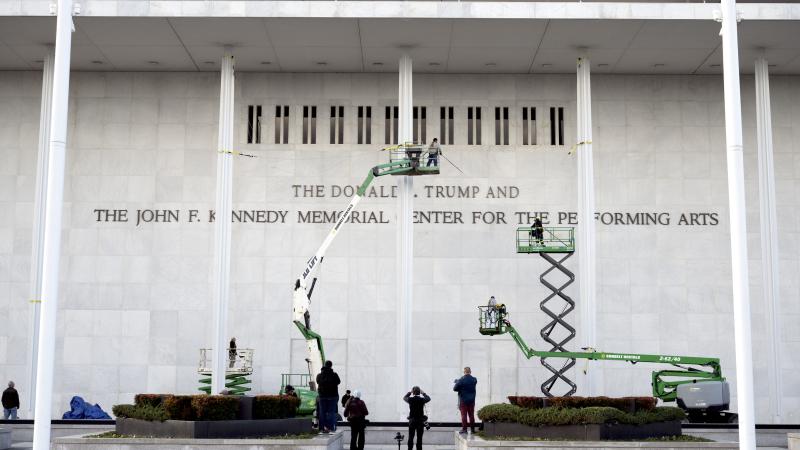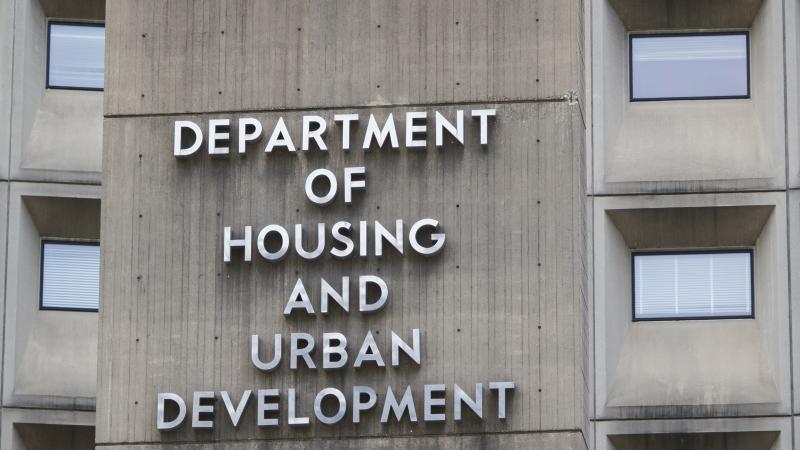California home construction so low it will take 34 years to meet current demand
In some areas, the total amount of housing is shrinking even in the face of strong demand.
A new report from California YIMBY has found California must build 3.5 million homes by 2025 to address its housing shortage, and that governor Gavin Newsom's housing production efforts have failed to sufficiently increase housing production, which in 2022 was just 116,000 new units of housing.
“This shortage has resulted in rising rents and prices, closed access to homeownership for many families, and forced many Californians to leave the state altogether,” the report said.
The report focuses on the relative housing underproduction rates across the state by calculating a “conversion rate” for each city and county that “compares historical rates of housing permitting to potential market-feasible housing development opportunities, assuming no limitations due to zoning.” Thus, a jurisdiction that permitted 100 units last year with a potential for a new 10,000 feasible units in the absence of supply-limiting regulations would have a 1% conversion rate. The study found “feasible” development is possible on 30% of the roughly 8 million land parcels that are able to have addresses in California, with “feasibility” considered for only market-rate development, and calculated using data and assumptions on late 2022 rents, sales prices, construction costs, investor returns, U.S. Census, property transaction, tax assessor, and other property data. Local factors such as parking requirements, typical unit sizes, and development fees were also considered.
Based on data from 2018 through 2021, California’s conversion rate of feasible housing was less than 1%. The lowest conversion rates were found in suburbs in the Bay Area and Southern California, which the study says “have enormous housing demand but issue few housing development permits.” Conversely, the Central Valley and Inland Empire have communities with the highest concentration of relatively high conversion rates.
These low-conversion suburbs of San Francisco and Los Angeles tend to have been built in the 1960s and 1970s and permitted “little, if any, housing in the decades since.” Furthermore, these areas build “few, if any, multifamily units.” The study found the cities of Norco, La Palma and Walnut have not permitted a single multifamily unit in nearly 20 years, with Hillsborough not having any record in public data of having approved any multifamily housing.
“We know California has a housing shortage, and now we know where this shortage is most acute,” said Nolan Grey, research director for California YIMBY. “These findings should help to inform interventions to increase housing production.”
While another 2022 paper from University of Chicago and George Mason University researchers estimates California has an over 4.5 million unit housing shortage, taking an average of the two studies and assuming a 4 million home shortage means the state will take at least 34 years at current construction rates to meet today’s housing demand.
In August, a report from S&P announced that outmigration from California it says is driven by property-dominated rising costs of living could result in a future credit downgrade. According to a February 2023 poll from the Public Policy Institute of California, more than one third of Californians are considering moving out of the state due to housing costs.
“A slowing revenue environment, absent an issuer’s ability to adapt by cutting expenditures, in the long term could result in budgetary pressure that ultimately lead to credit quality deterioration,” wrote the S&P report’s authors.
In some areas, the total amount of housing is shrinking even in the face of strong demand. In Venice Beach, for example, a Wall Street Journal analysis found the supply of housing decreased between 2000 and 2015 as wealthy homeowners bought up adjacent lots to expand and the community blocked the construction of new multifamily housing. Consequently, Venice is simultaneously considered the second most difficult place in the United States while property prices have increased five times faster than the national average, rising 252% over that 15 year period compared to 52% nationwide.















